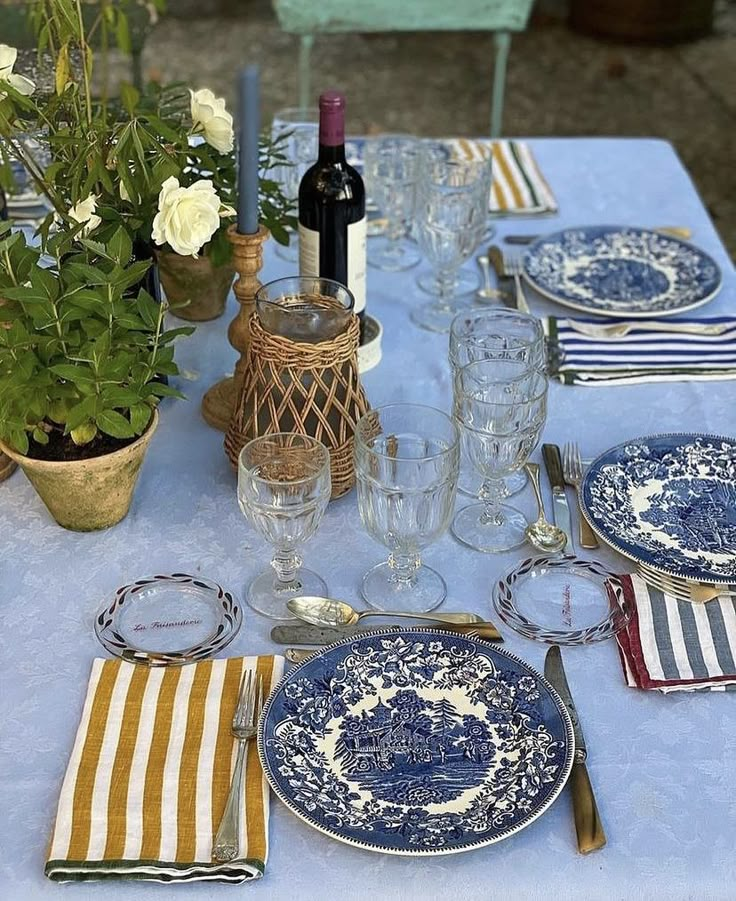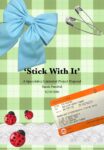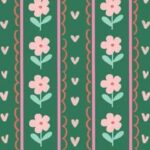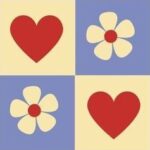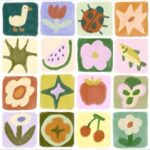Since working at Summerhall is such a good venue for events, myself, Harry Mayston, Emily Geary and Kate Garramone wanted to take this as an opportunity to host our own mini-event. This will allow us to have a run through of organising a curated space from start to finish on a much smaller time scale and with a smaller budget than our speculative project, but still with the same issues and criteria to address. Practicing what we have all learned about being in a collective, this new group dynamic additionally gives us a better understanding as to what it is like to work with a new team in a setting which no-one has previously hosted in before.
We decided that the premise of this event should be a collaborative, engaged, performative evening where the premise is that this will be an ‘intellectual dinner’ where what is served is food for thought rather than food for digestion. In the group we all love hosting dinner parties, and have several times before as a group, making me think about my earlier conversations about the value of joy described by curator Sandra Teitge (post #005). Taking this, we wanted to shift the focus to play with what we consume conceptually, using the language of a meal as our vessel. We all attended the CAP/CAT Curatorial Speed Dating session hosted by course lead JL Bacon, and so we also saw their work as inspiration for the event, thinking about how we interact with up-and-coming artists who don’t necessarily have access to spaces to host the events or performances they would like to.
Kate made a document from which the conversations of the evening progressed, and to visually support our planning I made a collaborative Pinterest Board, inspired by curator James Clegg’s emphasis in class on visualising your curatorial projects and making mood boards. Here are our initial notes on the mini-project:
https://pin.it/4J3wh2PCN
We quickly changed the date of the event to the 6th April upon realising how much we practically needed to do as well as giving guests enough notice. We decided that a capacity for the evening should be about 20 people, inviting friends from CAP, MA Art History, MA Sustainable Futures, MA Environmental Studies and MA Film Studies who we all know will engage well with the potential of a collaborative event. We also all agreed on the format for the night being starter, main, dessert, with the starter being CAP student San Zhang’s ‘Lobster in a China Shop’ (2025) sculpture and respective performance opening the night. The main should be something that then asks the audience to reflect on what they have just seen, using words or expanded forms of language to respond to the work. We then wanted the evening to end on something a bit easier than having to reflect – an intellectual fruit salad which will be a presentation of a series of texts that link experience to fruit.
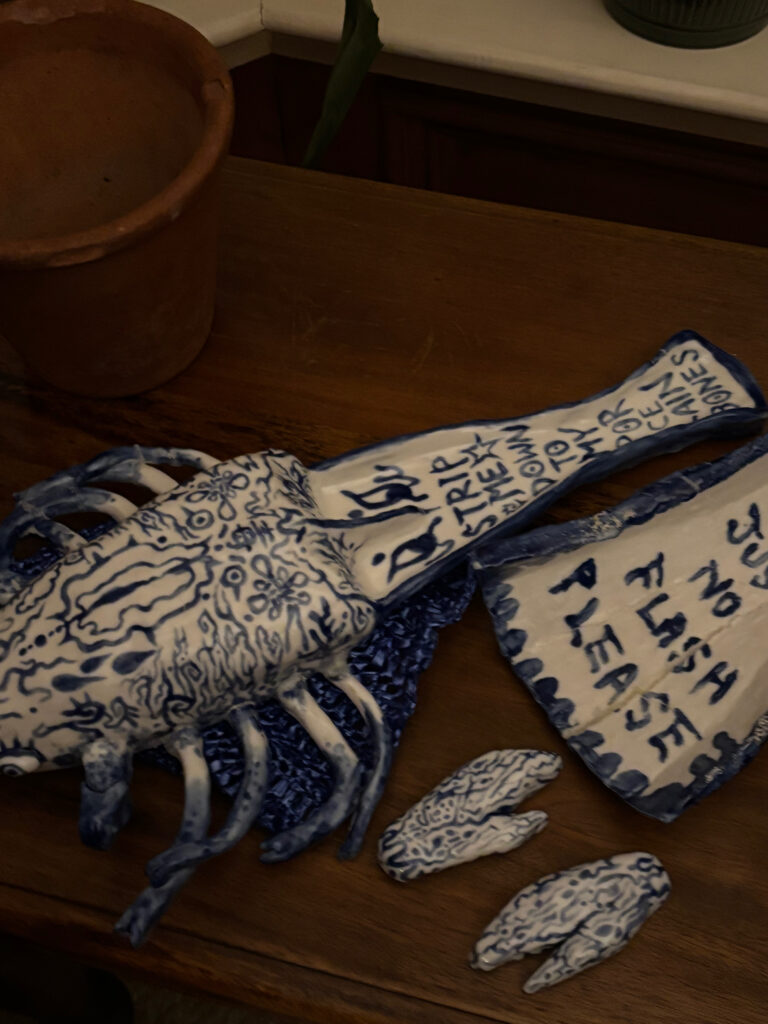
We chose the name Gurrl Dinner, playing on the internet trend where female-presenting people make a tea that makes them happy over something that contains all of the correct amount of nutrients. To attempt to remove some of the connotations that arise with describing something as ‘girl’ or girly, we expanded the word to ‘gurrl’ so there is some distinction that this isn’t going to just be for women.
In terms of aesthetics we began to think seasonally and respond to the Lobster, thinking of paper, manuscripts, white napkins, blue ink, flora and fauna. As it will be a dinner, the main component of our event will be a table, and so the tablescape will be central to the event’s functionality. Thinking about Judy Chicago’s The Dinner Party (1974-79), we planned for an elaborate table filling the room. This also made us consider our budget, each deciding to contribute £15 so we could work with £60 in total.
Although these are only rough ideas to begin with now, it gives us, as a group, space to work with and a collective vision that we are working towards. We chose to have weekly meetings for this endeavour, allowing us to revisit the ideas with fresh eyes in a short time so that we can start working towards the practicalities such as flowers, table decorations, decorating the room, invitations and the content of the artwork.
